An edible wild flower with a fruity, floral aroma. Purple prairie clover (Dalea purpuea) is a plant more people need to know. If you're looking for a new perennial flower for pollinator habitat or the garden it's a great addition. It's also the best clover for tea I know.
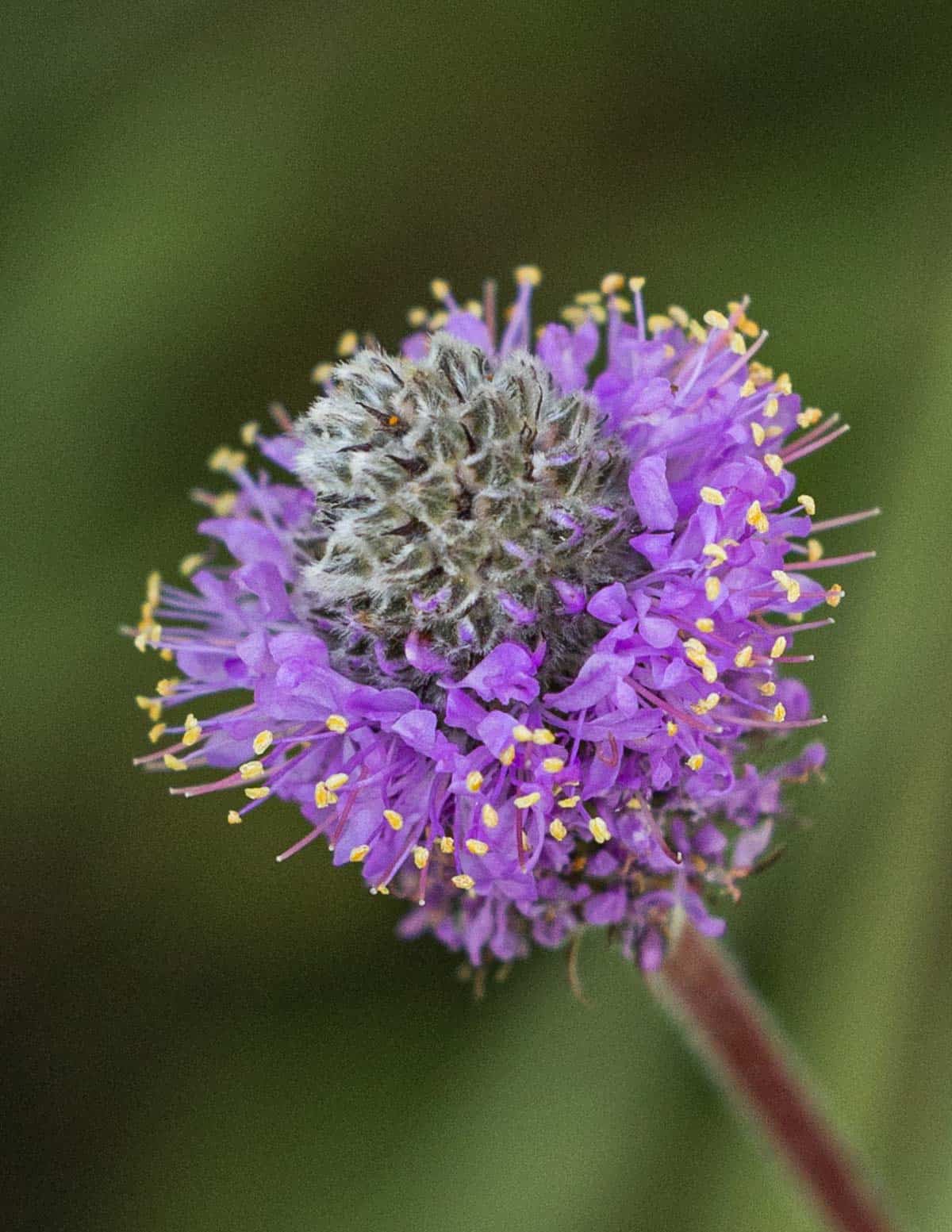
Formerly known as Petalostemum purpureum and D. purpurea var. purpurea, purple prairie clover is a perennial wildflower native to the Central US and Canada. I learned about the plant from Sam Thayer when he was writing his new field guide.
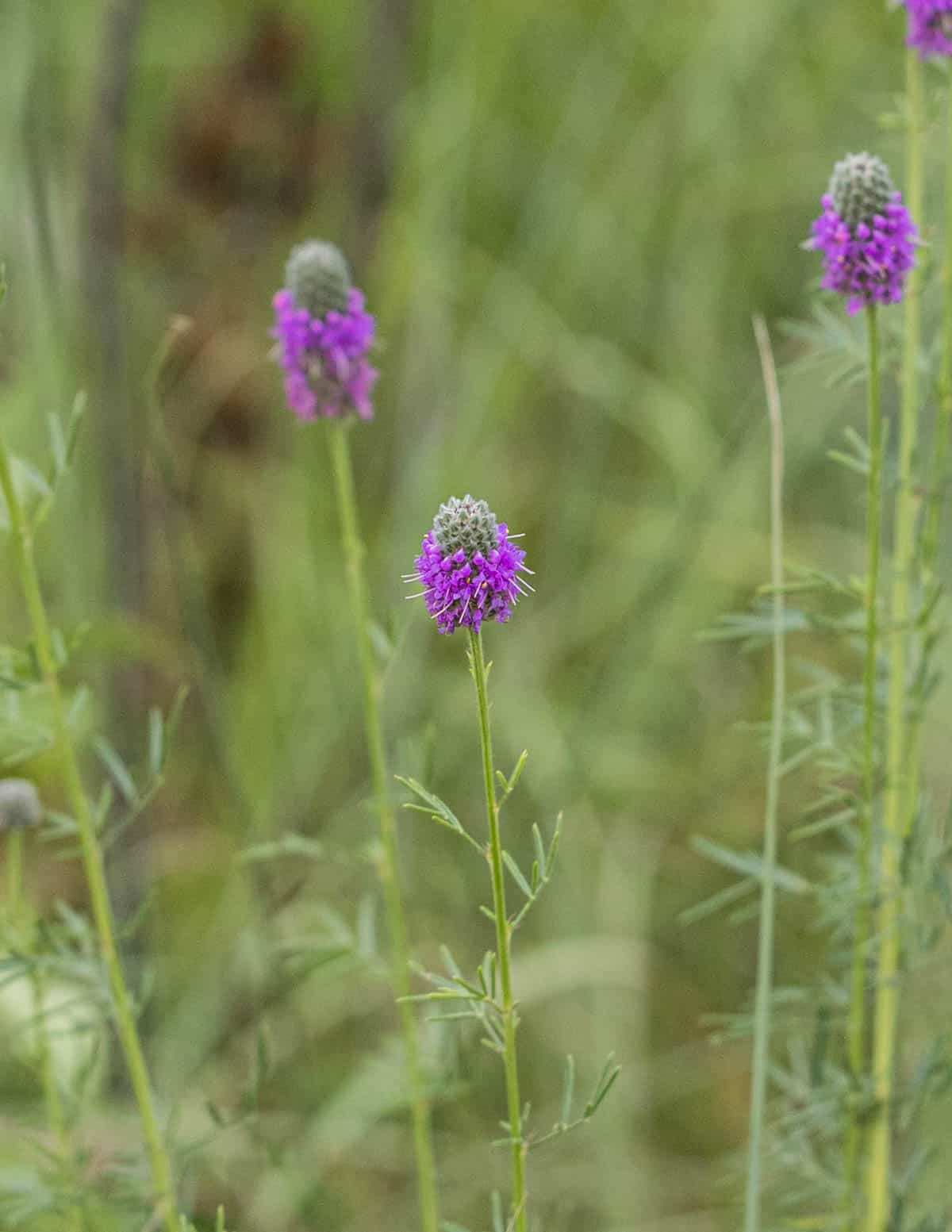
Sam told me to look for the plant while I was on a family trip to Brainerd MN. To say he was enthusiastic is an understatement as it's on the cover of his new field guide. I think the following quote sums it up nicely.
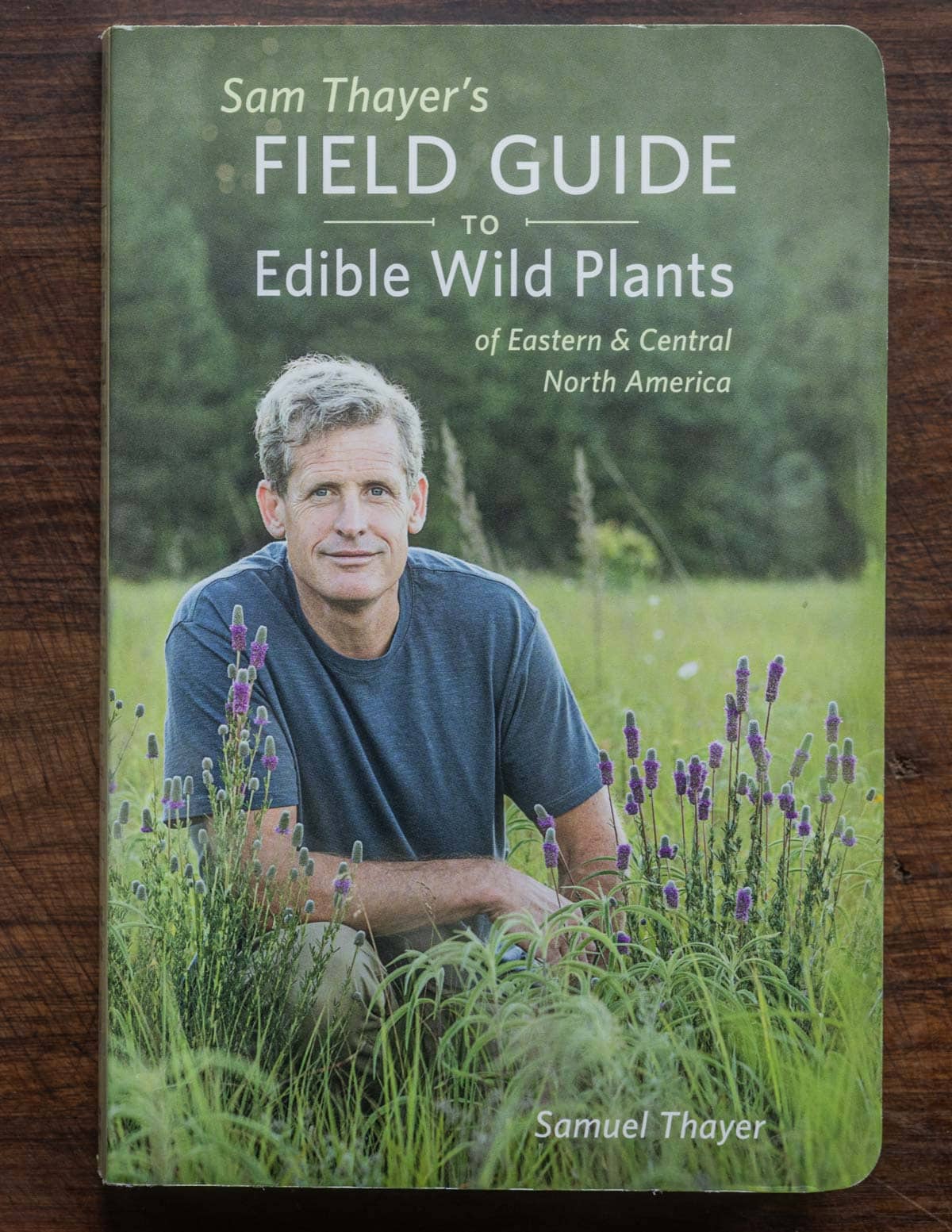
"These marvelous and distinctive prairie plants should be propagated by anyone owning suitable habitat." From Sam Thayer's Field Guide to Wild Edible Plants.
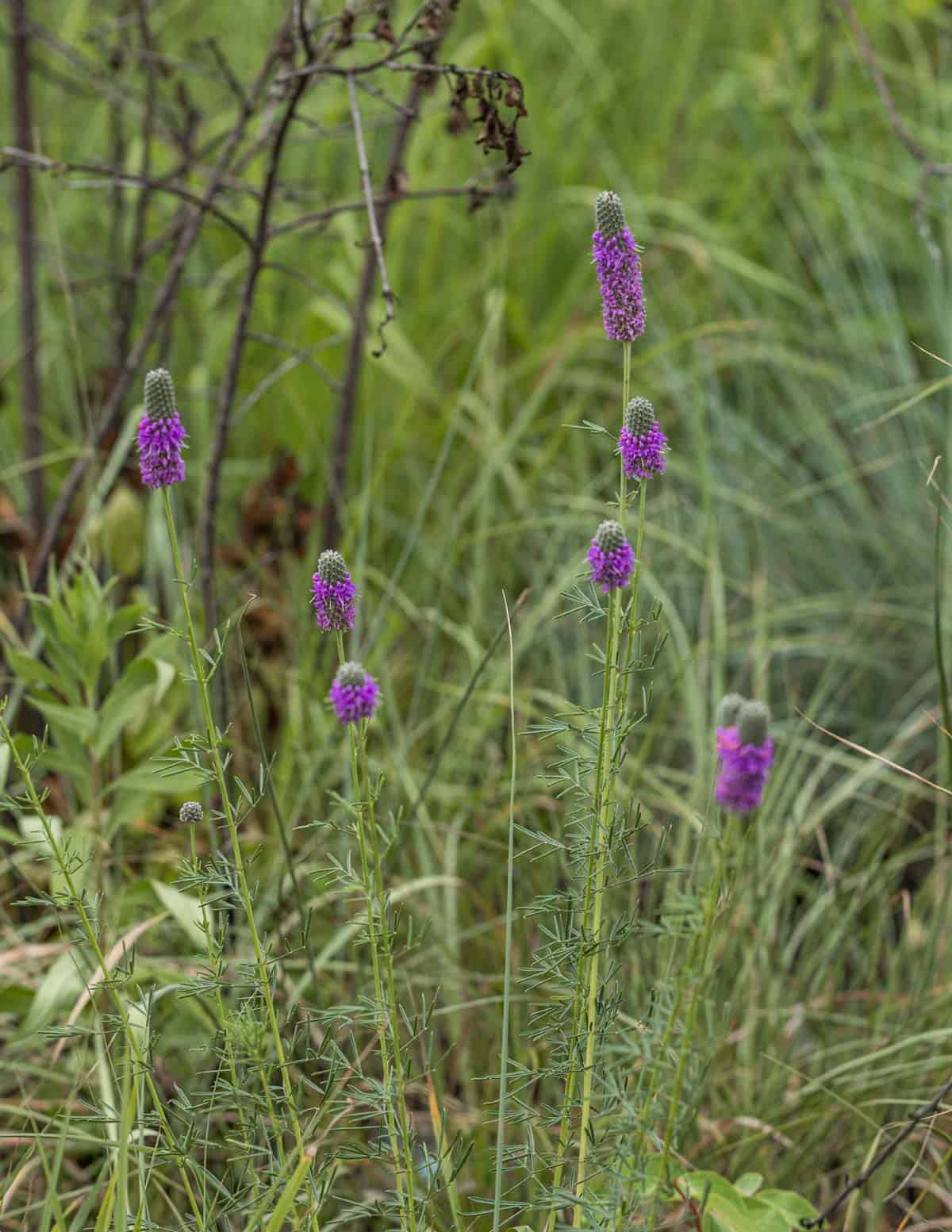
Description / Identification
Wild plants are widespread in sunny, dry areas, rocky slopes, prairies, savannahs and open woods. My best patches are on the edge of broadleaf hardwood forests. Here's a few key points.
- Stems appear in clumps or clusters of stems that are stiff, upright and 1-4 feet high.
- Leaves are alternate, pinnately compound and up to 3 inches long.
- The purple flowers bloom in early July-August, forming gradually in rings from the bottom to the top.
- All above ground parts of the plant have a distinct floral aroma when crushed. Some might call it fruity.
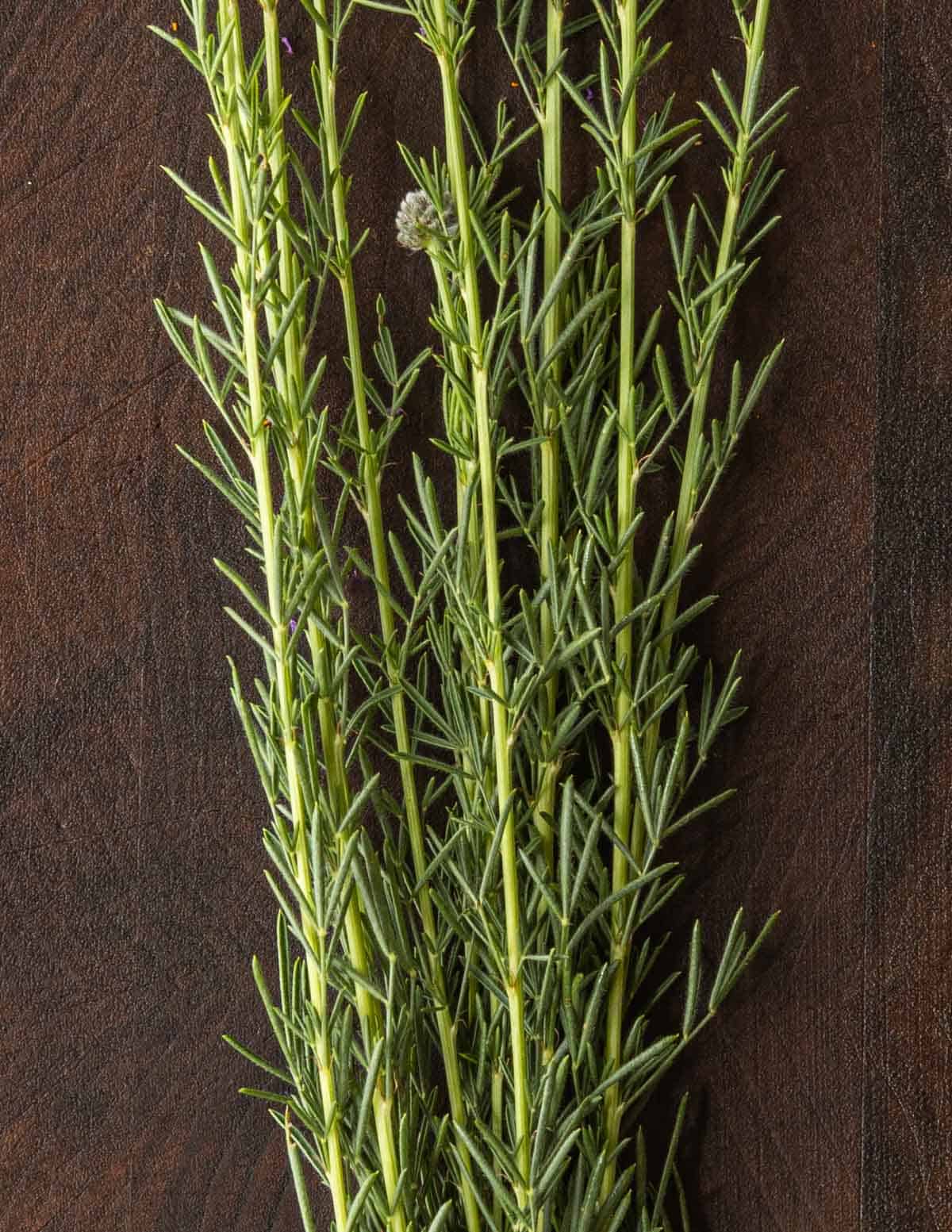
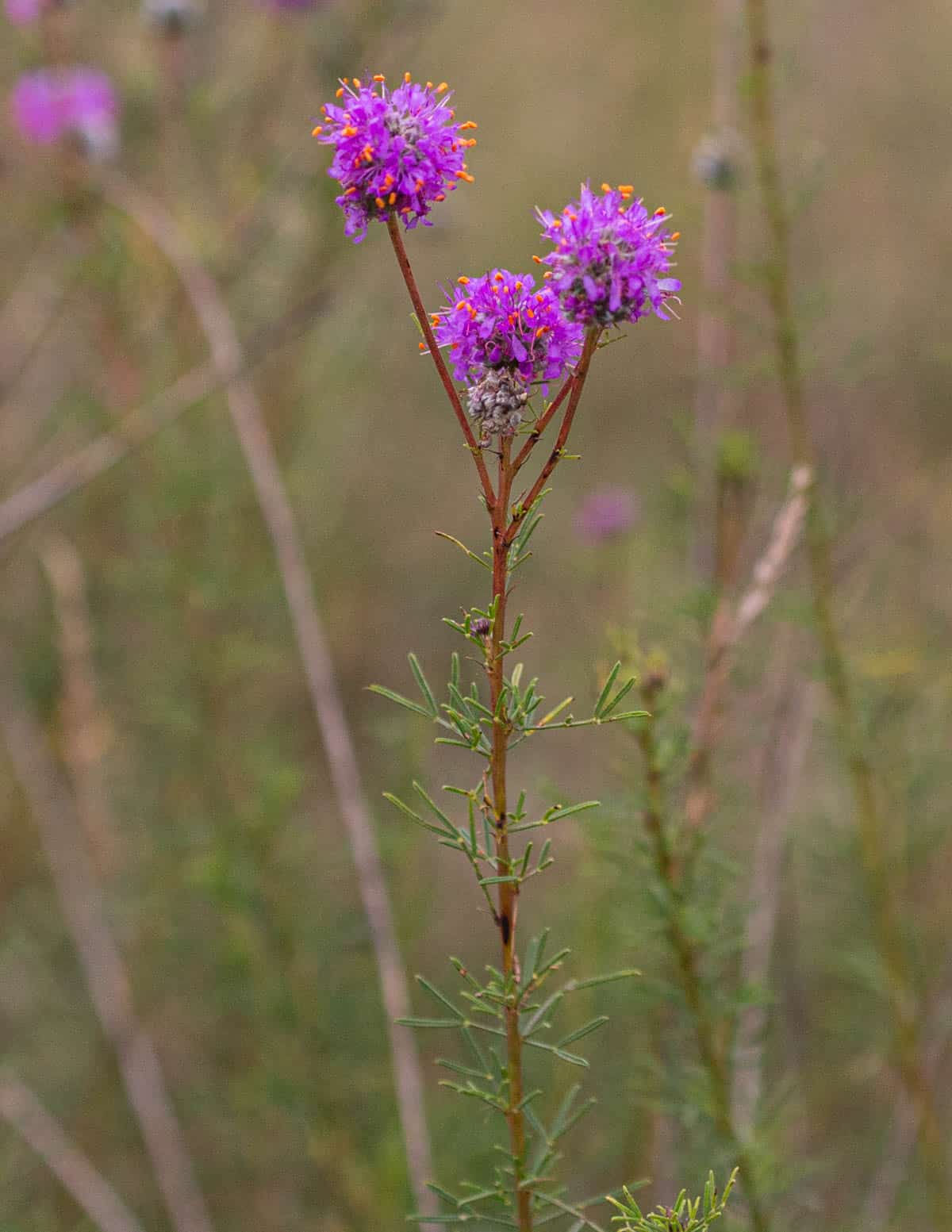
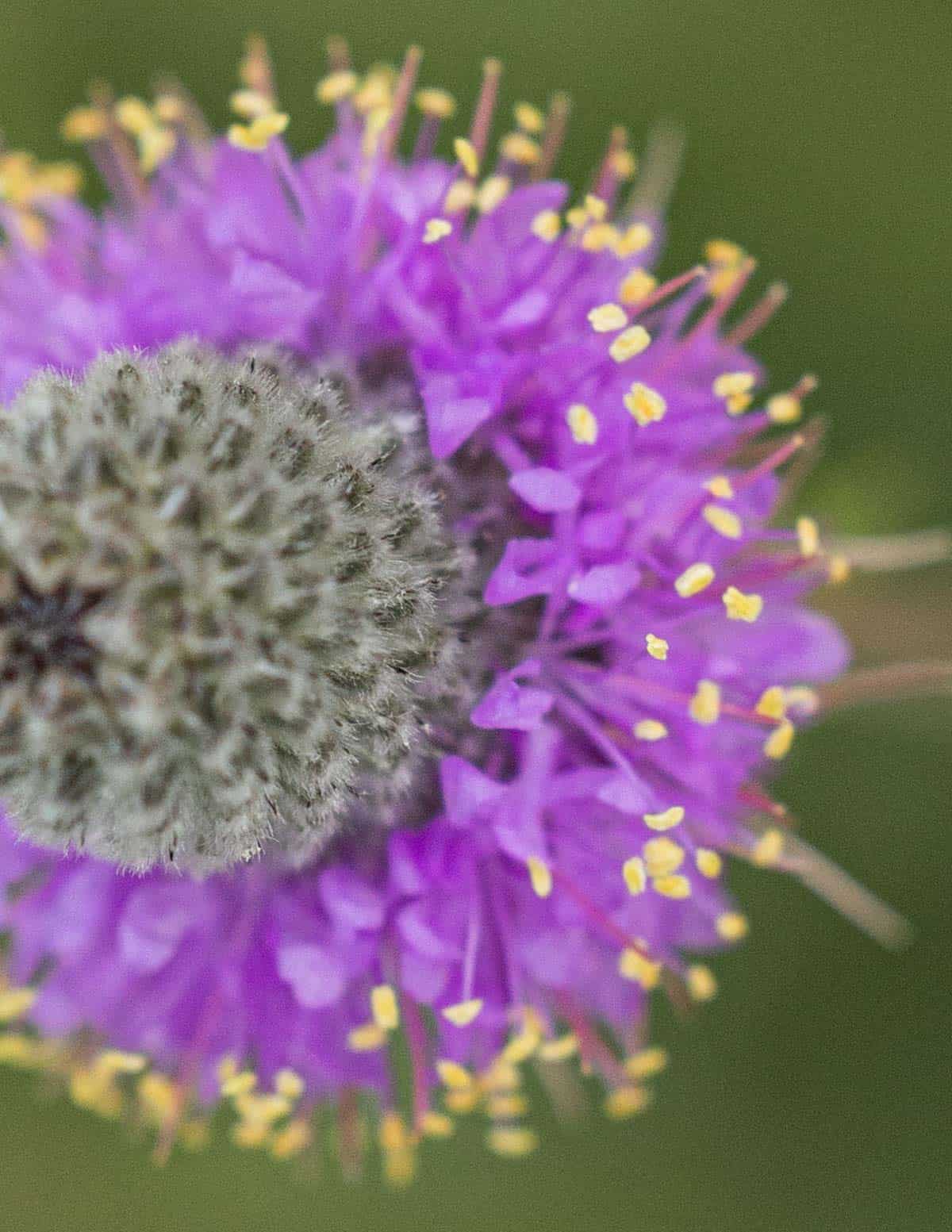
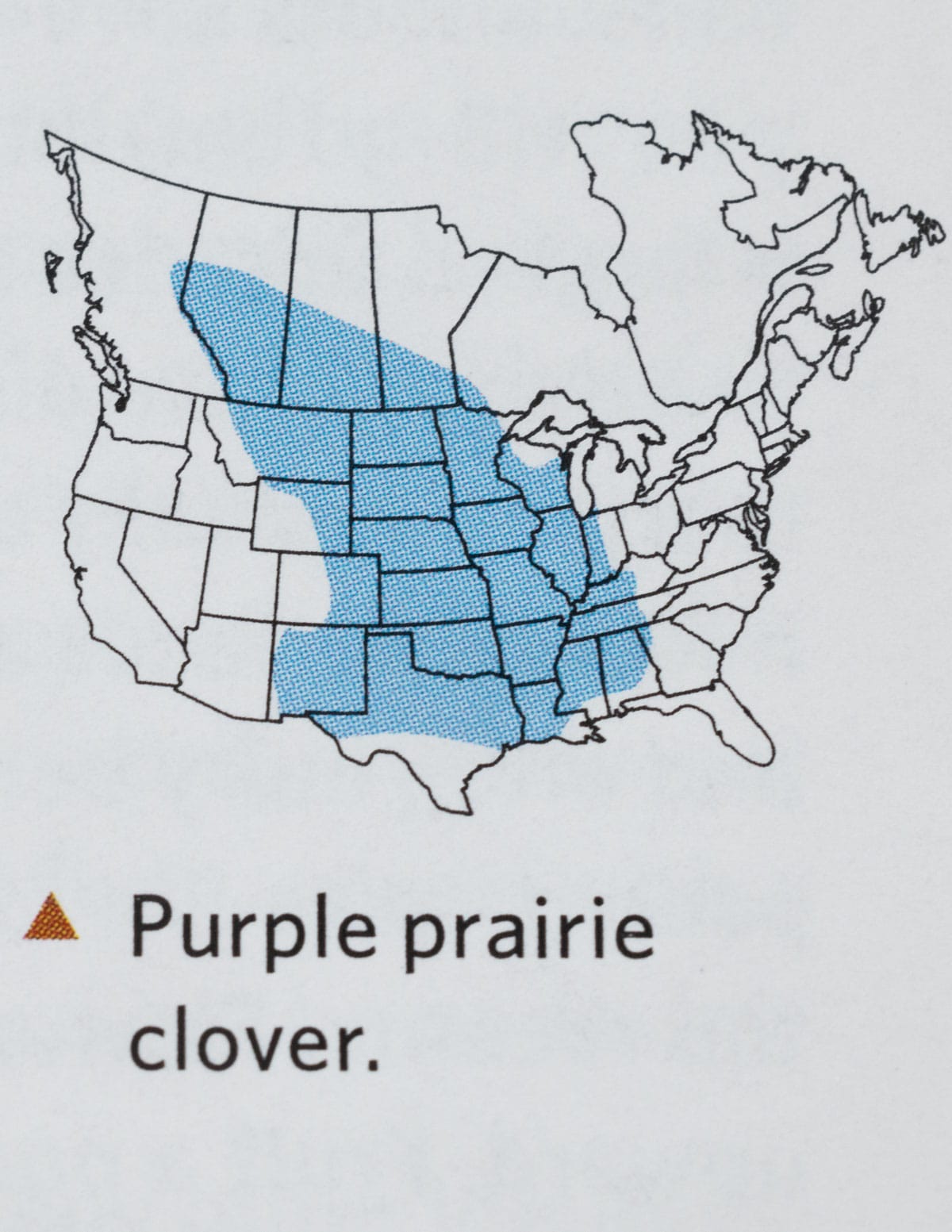
Other Species
Besides the purple variety in this post there's White Prairie Clover (Dalea candida). There's other relatives too, but Sam writes that only D. candida and D. purpurea are worth eating so I'm inclined to take his word for it.
Prairie Moon Nursery sells both species of clover. Both varieties can be planted on bare soil in the spring without stratification (planting in the winter).
Purple Prairie Clover Uses and Facts
The finest clover for tea I've tasted, I smell hints of orange peel in its aroma. It is so floral, mild and pleasant I struggle to think of a way to improve on using it to make simple clover tea.
In Native American Food Plants, Daniel E. Moerman writes that the roots were chewed as a candy or gum for their sweet taste by the Comanche, Lakota, and Ponce tribes.
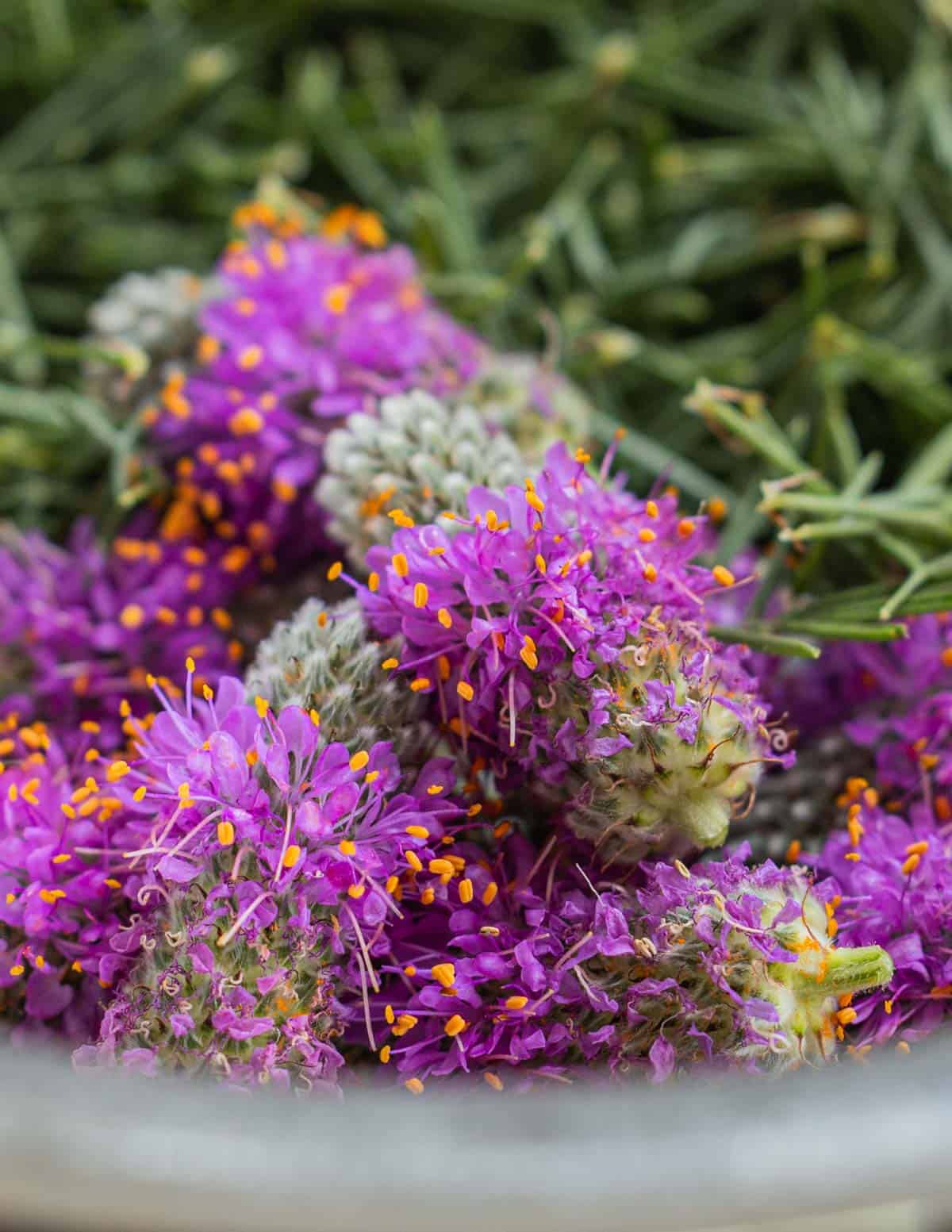
The plants are also good for pollinators. I've seen butterflies like Dogface Sulphur (Colias cesonia) and Reakirt's Blue (Hemiargus isola) mentioned, and I regularly see bees harvesting nectar from the flowers in the summer.
Like other clover plants, they're leguminous nitrogen fixers that improve soil fertility.
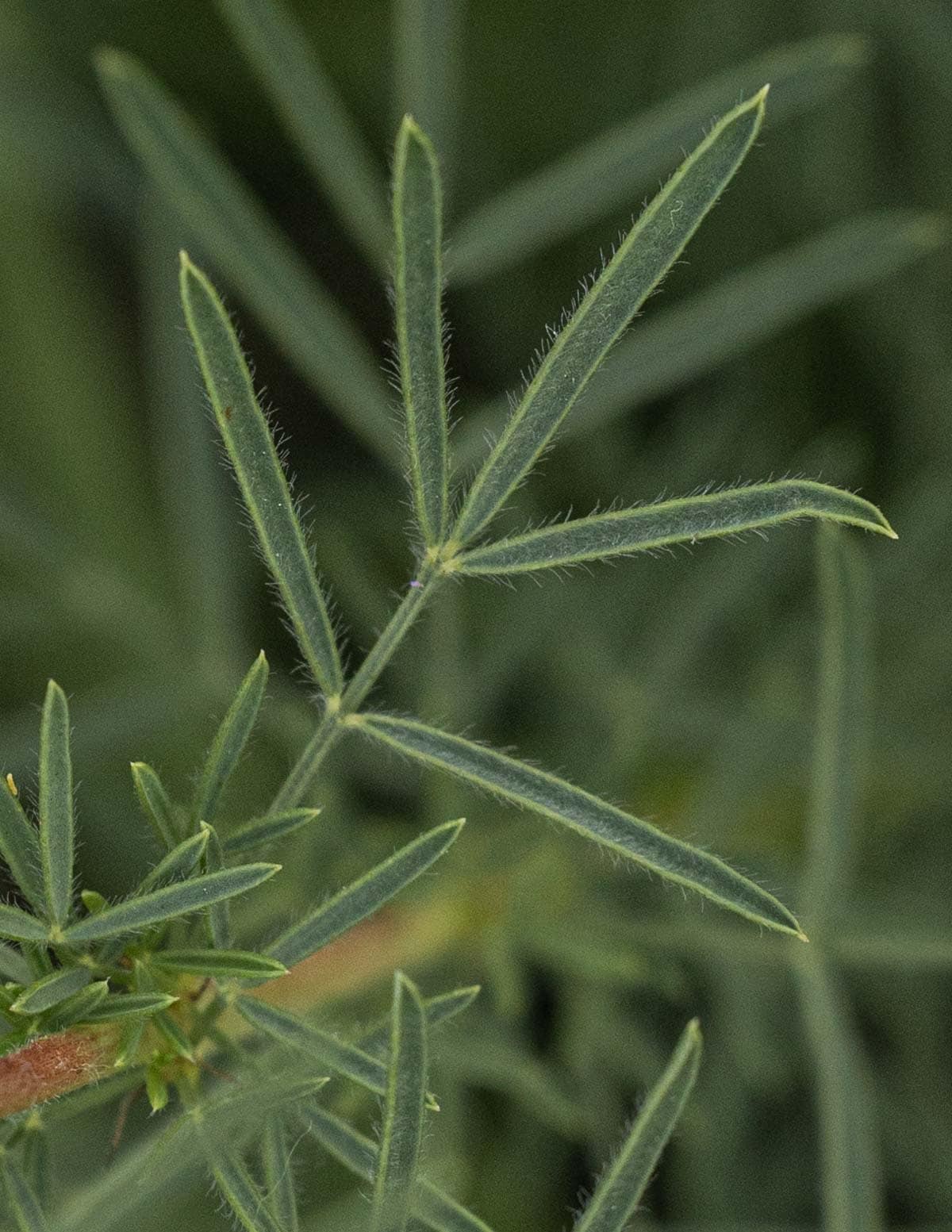
Simple Clover Tea
Harvested at any age, the leaves and flowers make a great tea. Fresh plants will keep more of the fresh, floral flavor. I like to remove the leaves or cut the plant with scissors into ½ inch sections.
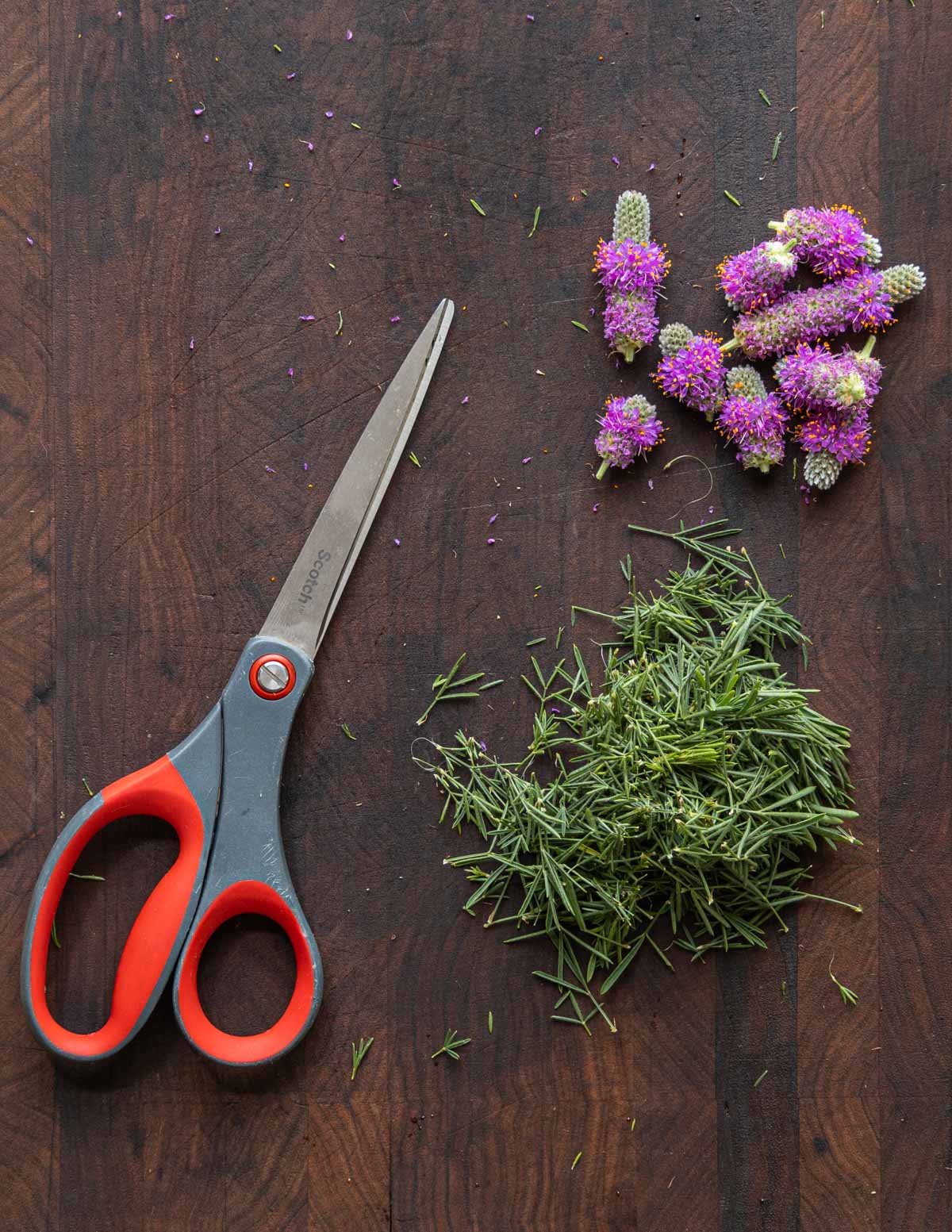
To dry the clover for tea, dehydrate it at low heat (90F) for 12 hours or until brittle, then store in a jar with a tight fitting lid. Dried prairie clover doesn't keep the flavor of the fresh plants and I usually mix it with other dried herbs like pineapple weed or sweetfern.
For the best flavor, make the tea from fresh plants. Pour 8 oz boiling water over a tablespoon of fresh leaves and flowers in a tea ball or sachet, wait 5 minutes, and enjoy. Sweeten it with honey if you like.
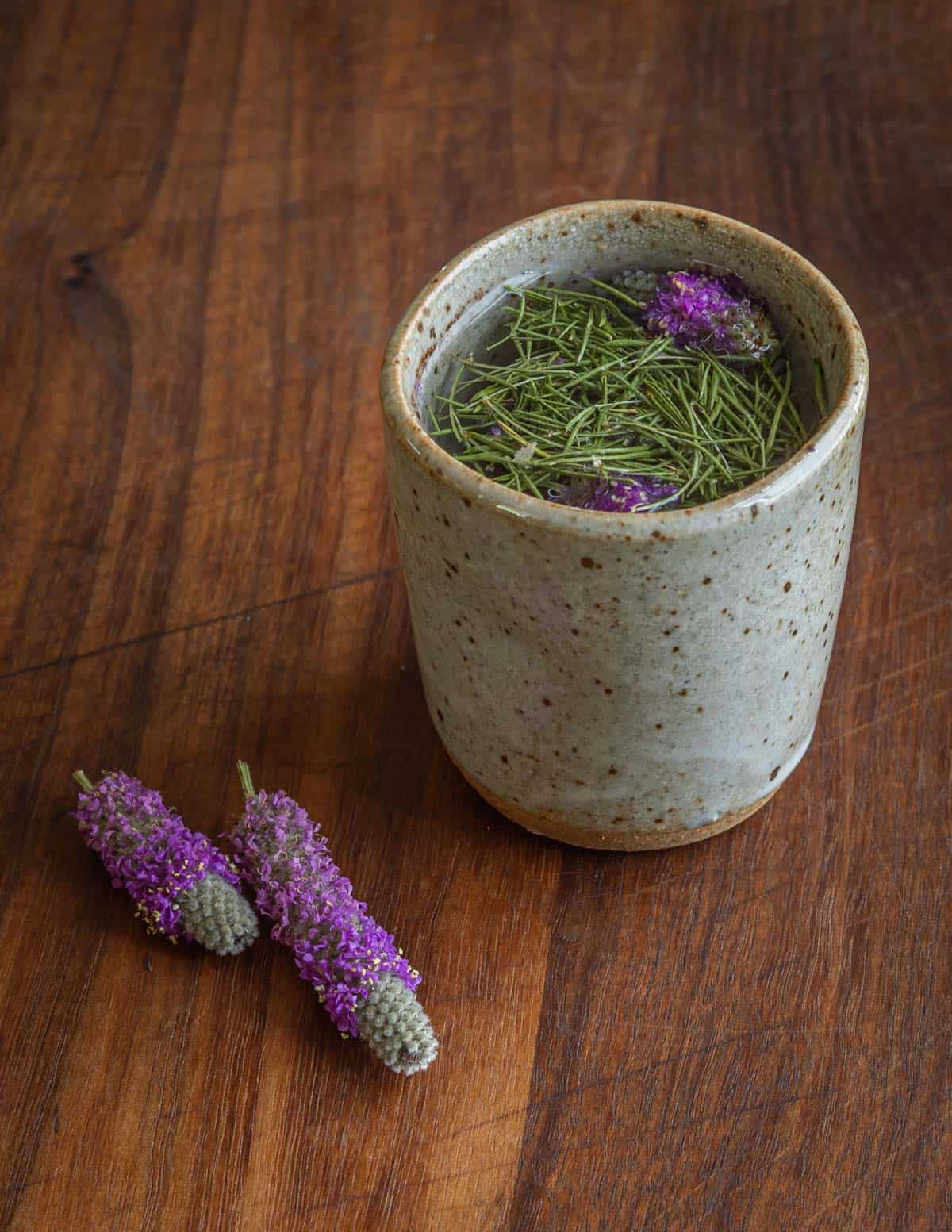
More Prairie Edibles
FAQ
Prairie Moon Nursery is a respected seller of native prairie plants and sell seeds for both purple and white prairie clover.
According to the USDA the plant may become invasive or weedy in some habitats and regions. I would not describe it as invasive and I've found it easy to manage by digging the roots.
Yes, deer will eat the plants as well as other ruminants. Sam Thayer says the plants are preferred by cattle and will be impacted by grazing.

temp mail
My cousin told me about this website, but I'm not sure if he made this message because no one else understands my issues as well as he does. Thank you; you are very fantastic.
Alan Bergo
Thanks for commenting.
Sabrina
My husband and I found a field full of these while out foraging near Fargo, ND, last week. I didn’t bring any home then, but now I think I’ll go back and get some for tea. Thanks for sharing!
Steve Bergo
Beautiful prairie plant. Have some in our wildflower garden. Can’t wait to try making tea with it!
Alan Bergo
I bet it just loves it out at the farm!
Ellen
I stumbled upon great swaths of the white variety on a hike outside of Silver City, NM. They were all in bloom, while the purple and white flowering plants in my garden have never flowered. I think I pamper them too much. Must remedy that!
Alan Bergo
Hey Ellen, Oh I wish we had that here. I have a few patches but not enough to make tea for lots of people yet. Interesting about yours not flowering, that's surprising.